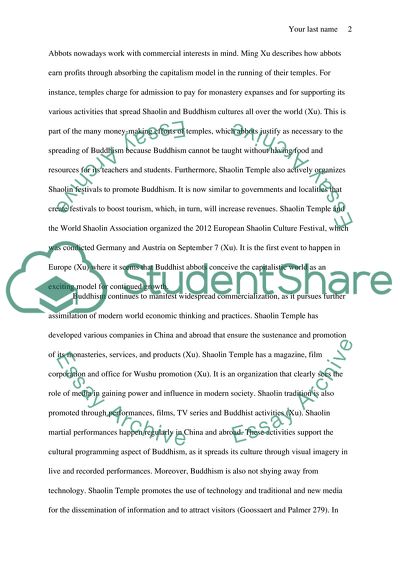Cite this document
(“Commercialized Buddhism in modern China Research Paper”, n.d.)
Retrieved from https://studentshare.org/religion-and-theology/1647307-commercialized-buddhism-in-modern-china
Retrieved from https://studentshare.org/religion-and-theology/1647307-commercialized-buddhism-in-modern-china
(Commercialized Buddhism in Modern China Research Paper)
https://studentshare.org/religion-and-theology/1647307-commercialized-buddhism-in-modern-china.
https://studentshare.org/religion-and-theology/1647307-commercialized-buddhism-in-modern-china.
“Commercialized Buddhism in Modern China Research Paper”, n.d. https://studentshare.org/religion-and-theology/1647307-commercialized-buddhism-in-modern-china.


